University Rankings and Educational Reform: A Strategic Imperative for Sri Lanka’s Sustainable Development
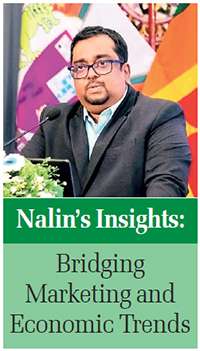 Only four National Sri Lankan Universities can be seen in the world university rankings Under The Times Higher Education in 2025. “The Times Higher Education World University Rankings 2025” includes almost 2,000 institutions from 115 countries and territories. Interestingly the University of Colombo has been included with a ranking between 1001-1200. The University of Peradeniya ranked between 1201 and 1500. It is important to understand this ranking method/s and why Sri Lankan Universities cannot position themselves in some places in Rankings.
Only four National Sri Lankan Universities can be seen in the world university rankings Under The Times Higher Education in 2025. “The Times Higher Education World University Rankings 2025” includes almost 2,000 institutions from 115 countries and territories. Interestingly the University of Colombo has been included with a ranking between 1001-1200. The University of Peradeniya ranked between 1201 and 1500. It is important to understand this ranking method/s and why Sri Lankan Universities cannot position themselves in some places in Rankings.
What is this University ranking method/s?
It is important to recognise that various ranking systems exist globally for universities. We can see Times Higher Education World University Rankings, QS Rankings, The SCImago Institutions Rankings (SIR) and many more. Each ranking uses different methodologies. Times Higher Education World University Rankings uses six performance indicators relating to research, teaching, employability, and internationalisation. They use the following six metrics. Teaching (the learning environment): 29.5% Research environment: 29% Research quality: 30% International outlook: 7.5% Industry: 4% It can be seen that 59% weightage has been given to the domain of research. This particular area includes
1. Research reputation, Research income, Research productivity(comes under Research environment ) and
2. Citation impact, Research strength, Research Excellence, Research influence(Research quality). Also if we see the QS World University Ranking method which evaluates universities in the world by looking at indicators such as academic reputation, employer reputation, faculty-to-student ratio, citations per faculty, and international faculty-and-student ratios. Here also we can witness more inclination towards research.
The SCImago Institutions Rankings (SIR) also have their methodology which is 50% given for the research.SIR uses a composite indicator to rank research and academic institutions. This composite indicator is based on three sets of indicators that measure: research performance, innovation outputs, and societal impact. If you compare QS Rankings, Times Higher Education World University Rankings, and The SCImago Institutions Rankings (SIR) you can see they use different mechanisms as methodology. Anyway measurements like “academic reputation” are debatable as they only reflect the reputation of a given university rather than the actual performance and they use a limited range of metrics which is also a problem.
Ranking of Sri Lankan Universities
I have seen Sri Lankan higher authorities use Webometrics to rank universities in the past. Anyway, The Webometrics ranking is targeted to promote Web publication. Certain measurements have been used in this ranking consisting of supporting Open Access initiatives, electronic access to scientific publications, and other academic materials. This was the problem in the past and even in 2010, global university rankings exposed Sri Lanka’s challenges in higher education. Despite talented academics, limited research funding and resources hindered progress. With only a limited number of lecturers, many left for better opportunities abroad.
Addressing these issues is vital to retaining talent and enhancing Sri Lanka’s global standing in education(Abeysekera,2011) Nevertheless, now we can see University Grant Commission (UGC ) has adopted scientific methods in ranking Sri Lankan universities. Anyway as mentioned earlier only a few Sri Lankan universities are among many universities around the globe. This is based on Times Higher Education World University Rankings. In this ranking method as discussed earlier around 50-60% weightage is given for research and citations.
Even if you have perfect teaching with a quality learning environment you are in trouble! I think we need to reflect on whether Sri Lankan universities are teaching or research universities. We need to position our universities based on their competencies. Some countries use their universities and University colleges for more economic contributions with industry collaborations (they measure the performance of universities by looking at how many dollars are contributed per year for national income) while some universities concentrate on research.
The role of University academics should be properly defined by the authorities. There is a need to be aware of the community of ranking methods and the mechanism. And I believe we need to have a holistic approach to this with the collaboration of all sectors (education as well as other industries with proper synergy). We need to see the big picture as Sri Lanka spends only around 0.12% on research and development from GDP.
Conclusion
The recent changes in the political and social context created a strategic window for Sri Lanka to revisit and make some radical changes in many sectors. There is a need for educational reform which is a must. In higher education, we need to produce a graduate with a sense of belongingness. That is a must and not an “employable graduate” but a “graduate with entrepreneurship skills” needs to be produced. And also there is a need for Universities to define their role to position themselves in world university rankings as well. Anyway, there should be a policy for the higher education sector for ranking with a holistic view of the Sri Lankan education sector aligned with the sustainable development of the country.
References Abeysekera, N (2011), http:// uteachers.blogspot.com/2011/06/ world-university-rankings-srilanka- and.html (The writer is a Professor in Management Studies at the Open University of Sri Lanka You can reach Professor Abeysekera on [email protected].)
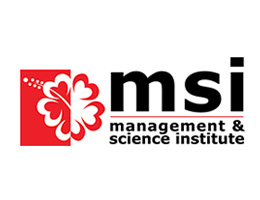
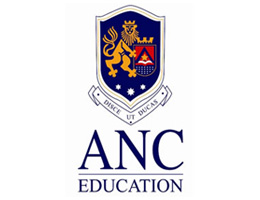
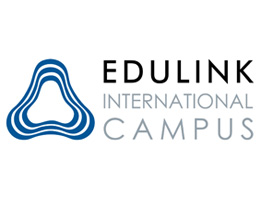

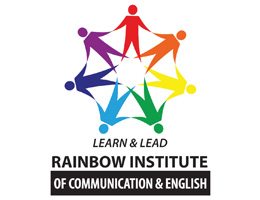
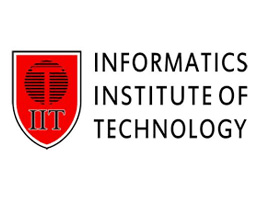
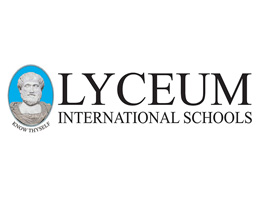
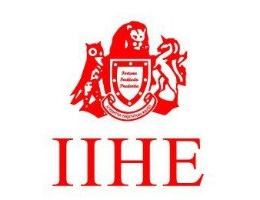



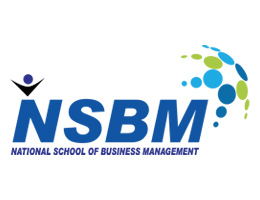
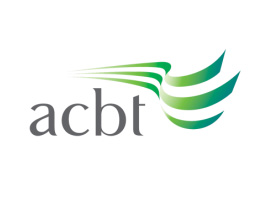
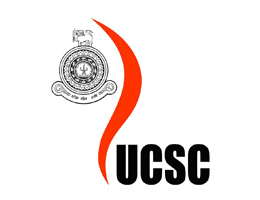
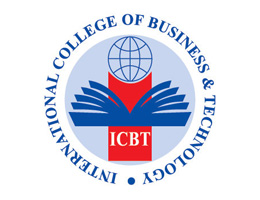




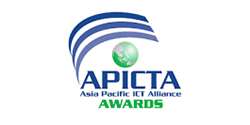

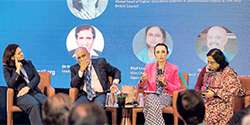

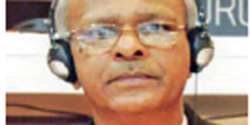
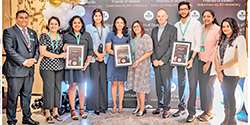


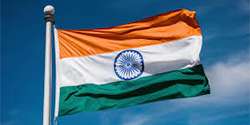
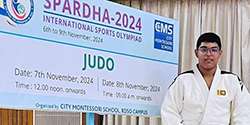

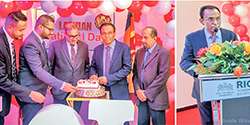




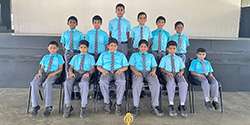



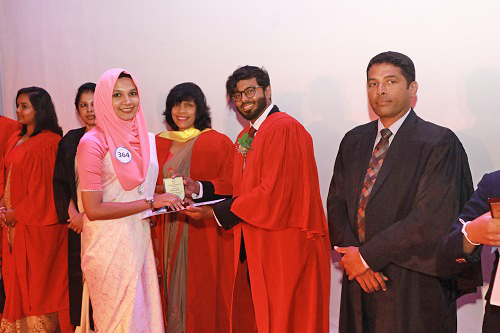
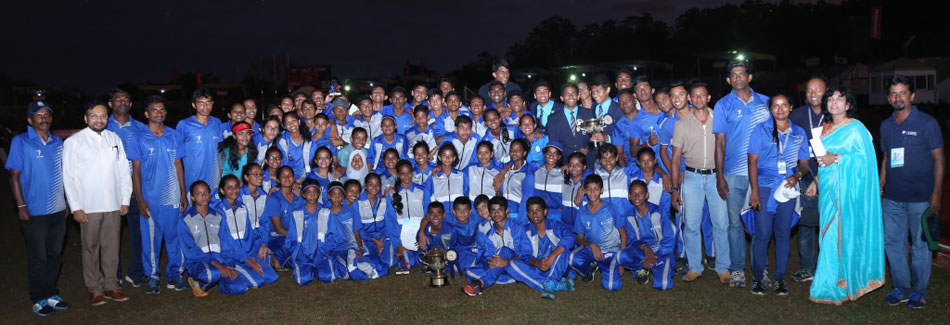

.jpg)
.jpg)
.jpg)
.jpg)
.jpg)
